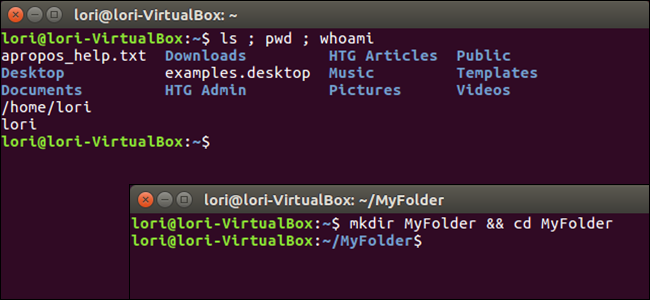
You can use shortcuts to quickly skip to certain directories. For example: cd /Volumes/Elements/ to access an external drive called “Elements.” Use the cd command to change directories. In this example, rm is the delete command, the -i flag instructs the process to ask for user confirmation, and would be replaced with the file or folder’s location on the drive. Flags are case-sensitive. The flag always appears after the command. For example, the -R flag applies a command recursively so that it applies to a directory, all files and folders within that particular directory, all files and folders inside those folders, and so on. Most commands can be appended with a flag in the form of a hyphen and a letter to access different functions.
#Terminal commands for mac to compile and run a program how to#
When we’re done, you might want to learn how to lock your Mac from the Terminal, or even how to shut it down with a simple command. These will be familiar to you if you’ve ever used the Linux command line, too. We’ll cover some of the most basic Mac terminal commands here.

Cut, copy, and paste all work as expected, and you can drag any file or folder into the Terminal window to immediately skip to that directory.

You can open multiple tabs with Command+T or a new Terminal window with Command+N.

Many of the shortcuts that you use in other apps will work here. Launch Terminal by finding it in the Utilities folder or by searching for it using Spotlight, and then familiarize yourself with the interface. This is how you execute commands on your Mac using the command line. Your Mac comes with an app called Terminal under Applications > Utilities.


 0 kommentar(er)
0 kommentar(er)
